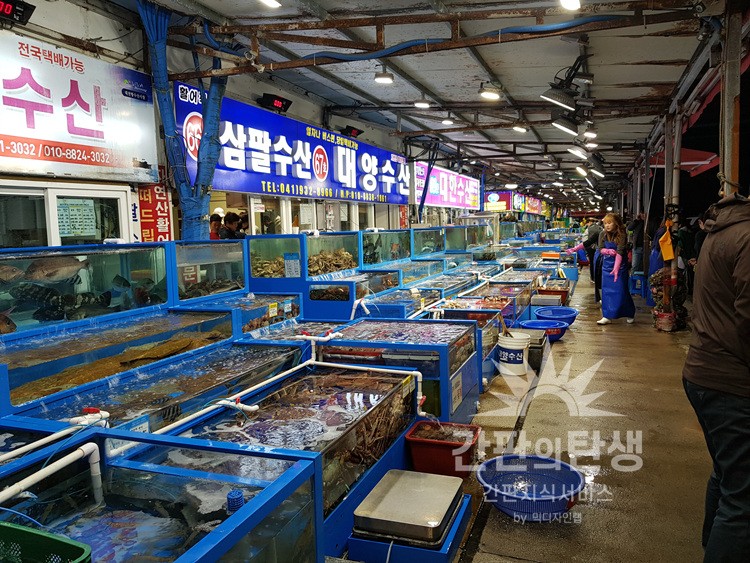
The World’s Love for Korean Gimbap
Today, I’d like to talk about one of Korea’s signature dishes, Gimbap.
Gimbap is loved in every corner of Korea and enjoyed by many people around the world. This time, let’s explore the charm and various types of Gimbap. Let’s share the taste and style of Gimbap with the world!

What is Gimbap:
A quintessential Korean snack Gimbap is one of the quintessential snacks in Korea, made by wrapping rice and various ingredients in seaweed. Gimbap usually uses long and thin seaweed, seasoned with salt, sesame oil, vinegar, etc., to enhance the flavor. Gimbap is popular for its simplicity and convenience in packaging. Among Korean foods, it is light and nutritious, making it loved by people of all ages.
The history of Gimbap:
From the Joseon Dynasty to the present The history of Gimbap dates back to the Joseon Dynasty. At that time, due to a lack of seasonings, the practice of wrapping rice and vegetables together was popular, leading to the variations that have evolved into today’s Gimbap. Since then, Gimbap has developed various recipes and types. Gimbap continues to be a staple food for Koreans.

Various types of Gimbap:
From traditional to innovative Gimbap comes in various types. Traditionally, there are tuna Gimbap, beef Gimbap, and egg roll Gimbap, among others, with many variations existing. Recently, vegetable-only Gimbap for diets and frozen Gimbap have gained popularity. Also, innovative types of Gimbap, such as youth mini Gimbap and konjac Gimbap, have emerged. These diverse types of Gimbap are appealing to people.
The basics of making Gimbap:
Ingredients and preparation To make Gimbap, you need to know the necessary ingredients and basic steps. The ingredients for making Gimbap include rice, seaweed, canned tuna, vegetables, etc., and you can choose ingredients according to your preference. To make Gimbap, first prepare the seaweed, then spread the rice on it. After adding vegetables and other ingredients, roll it tightly and cut it to finish.

Gimbap going global:
The beginning of internationalization Gimbap is not only enjoyed in Korea. In recent years, Gimbap has gained popularity overseas and is sold in various countries. Especially in Japan, the United States, and China, Gimbap can be easily found in Korean restaurants or diners. This globalization serves as an opportunity to widely promote Korean food culture, and Gimbap is recognized as one of Korea’s representative foods.
Why Gimbap is loved overseas:
The charm points of Gimbap There are several reasons why Gimbap is loved overseas. Firstly, Gimbap is a light and simple food, offering convenience to people with busy lives. Also, the variety of Gimbap provides a wide range of choices, allowing people to enjoy Gimbap according to their taste. Moreover, Gimbap uses healthy and nutritious ingredients, gaining popularity as a diet or health food.

Gimbap variations around the world
Various versions of Gimbap have emerged in countries around the world. For example, Japan’s “Sushi” is made in a form similar to Korea’s Gimbap, but the ingredients and cooking methods differ. In the United States, the “California Roll” is a popular Gimbap variant, and in China, there are foods like “Spring Rolls” that wrap ingredients similar to Gimbap. These various Gimbap variants reflect the characteristics and flavors of each region, providing diverse choices to people worldwide.

Introducing Gimbap and Korean culture:
Toward a wider world Gimbap not only stays as food but also plays a role in widely promoting Korean culture. Through Gimbap, Korean food culture, seasoning methods, and cooking techniques can be introduced, helping people feel more familiar when visiting Korea or encountering Korean food. As one of Korea’s representative foods, Gimbap plays a significant role in the path to globalization along with the Korean Wave.

Cultural Exchange Through Gimbap: The Future Possibilities of Globalization
Gimbap serves not only as food but also plays a role in cultural exchange. As one of Korea’s dishes, gimbap fosters interest and understanding in Korean culture and cuisine among people from around the world. Additionally, gimbap provides an opportunity to encounter various countries’ cuisines and cultures, opening up possibilities for active exchanges and communications with people worldwide. Gimbap is one of the important foods paving the way for the future possibilities of globalization.
In this way, gimbap holds a crucial role in the journey from every corner of Korea to the world. As one of Korea’s representative foods, gimbap gains popularity among people through its taste and variety. Moreover, gimbap can enhance the understanding and interest in Korean culture and cuisine, and it holds the potential for cultural exchange and communication with people from various countries. We look forward to gimbap from every corner of Korea being loved and recognized all over the world.



